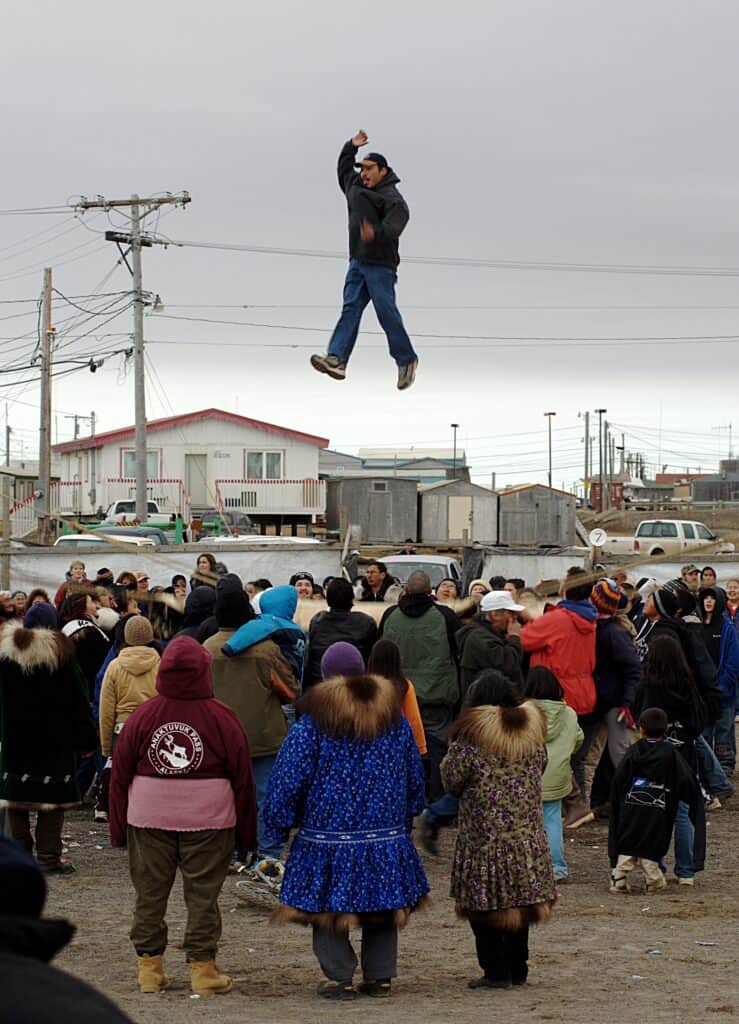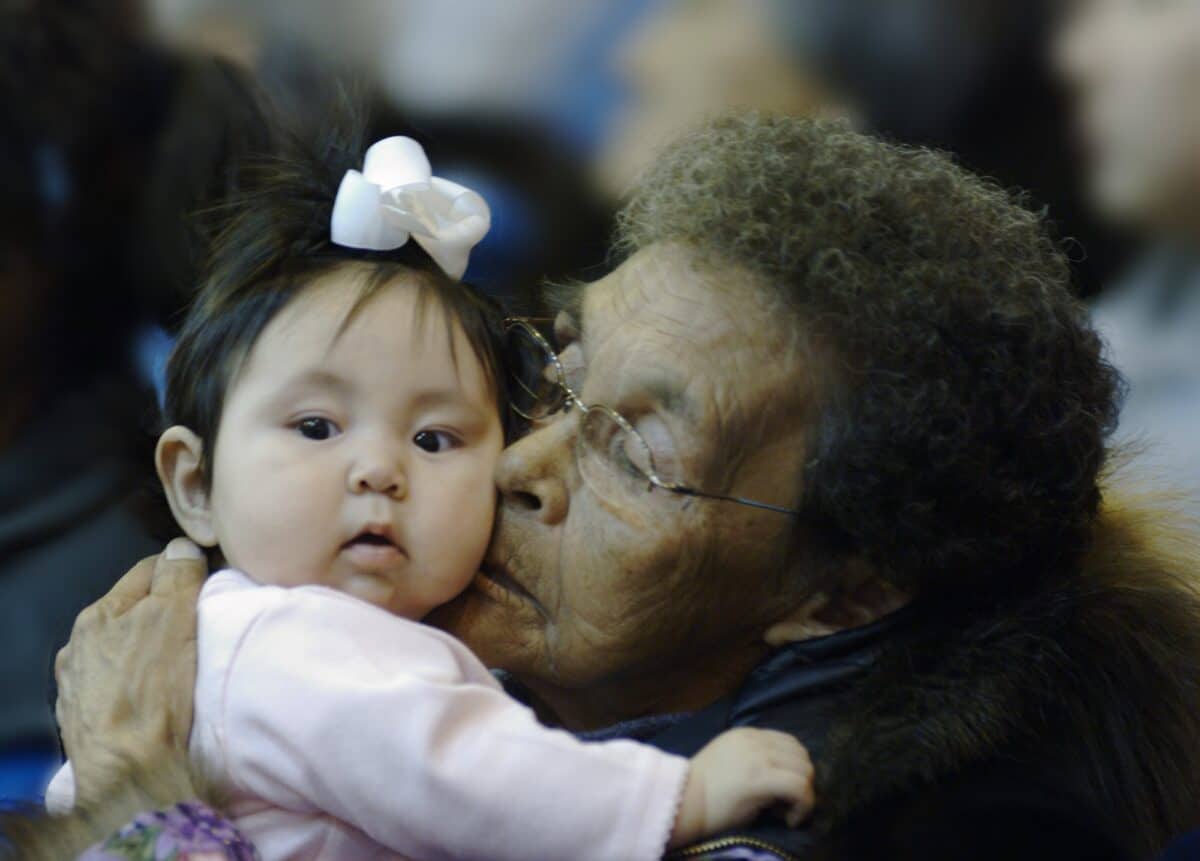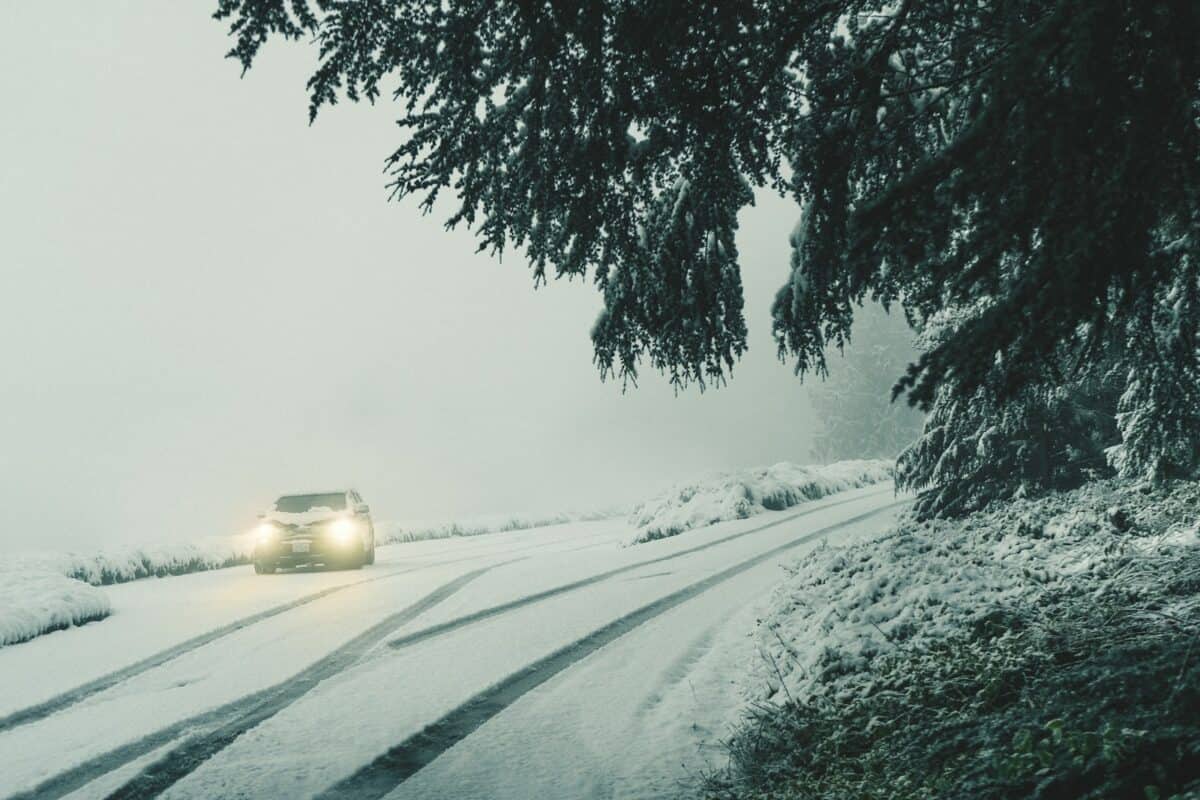Nestled in the heart of Alaska, where the sun barely makes an appearance during the long winter months, lies the coldest inhabited town in the United States. This is Barrow, now known by its Iñupiat name, Utqiaġvik. This remote corner of the world is renowned for its frigid temperatures and extended darkness. But how do the people who live there manage to thrive in such an environment? In this article, we will explore the fascinating resilience of Utqiaġvik’s residents and uncover the secrets to their survival in the harshest of climates.
Understanding Utqiaġvik’s Climate

Utqiaġvik is located above the Arctic Circle, which means it experiences some of the world’s most extreme weather conditions. In the winter, temperatures can plummet to a bone-chilling -30°F (-34°C), and the town is shrouded in darkness for around 65 days during the polar night. The uniquely harsh climate is a defining feature of life here.
The History and Culture of Utqiaġvik

The area has been inhabited by the Iñupiat people for over 1,500 years. Their rich cultural history and intimate knowledge of the land have been critical in adapting to these extreme conditions. The Iñupiat way of life, including hunting, fishing, and community cooperation, plays a central role in surviving the cold.
Housing Adaptations for Extreme Cold

Homes in Utqiaġvik are built to withstand extreme temperatures and strong winds. Traditional structures have evolved into more modern buildings that utilize insulation materials, double-paned windows, and elevated designs to prevent heat loss and protect against ground frost heave.
The Role of Technology

Modern technology has become indispensable for life in Utqiaġvik. From reliable heating systems to insulated vehicles, technological advancements help residents cope with their harsh environment and provide a measure of comfort and safety.
Survival Techniques Passed Down Through Generations

Generational knowledge is essential in Utqiaġvik. Skills such as constructing warm clothing from animal hides, creating safe ice routes, and understanding weather patterns are taught from a young age to ensure residents can navigate and survive the extreme cold.
The Importance of Community

Community bonds in Utqiaġvik are strong, and residents rely on each other for support. From sharing food and resources to working together during emergencies, the close-knit community is a cornerstone of survival during the harsh winter months.
Maintaining Mental Health During Polar Night

The extended darkness can have significant effects on mental health. Residents employ various strategies to cope, such as maintaining regular routines, using light therapy lamps, and participating in social activities that foster a sense of connection and well-being.
Adapting Diet to Fit the Climate

The traditional Iñupiat diet, rich in marine mammals and fish, provides essential nutrients and energy needed for cold weather survival. While modern foods are now accessible, many residents continue to incorporate traditional foods into their diet for health and cultural reasons.
Transportation in a Frozen World

Getting around an environment blanketed with ice and snow can be challenging. Snowmobiles and off-road vehicles are commonplace, and people often rely on designated ice roads. These methods of transportation are vital for acquiring supplies and maintaining connections between communities.
Environmental Challenges and Preservation

Climate change poses new challenges for Utqiaġvik, as thawing permafrost and changing wildlife patterns affect traditional practices. The community actively participates in environmental monitoring and conservation efforts to protect their land and way of life.
Celebrating the Iñupiat Spirit

Despite the harsh conditions, the people of Utqiaġvik celebrate their heritage and resilient spirit through traditional festivities, music, and dance. These cultural events reinforce community ties and offer joy and hope during the long, cold winters.
Sustaining Life in Utqiaġvik

The survival of Utqiaġvik’s residents is a testament to human resilience and ingenuity. Through a blend of traditional practices and modern technology, they have carved out a life in one of the most unforgiving environments on Earth. Understanding their unique way of life offers valuable insights into human adaptability in the face of extreme conditions.
In summary, Utqiaġvik is more than just the coldest town in America; it’s a living testament to resilience, cooperation, and adaptation. The people who call this place home embrace their environment with ingenuity and a strong commitment to community and cultural heritage. As climate challenges continue to test their way of life, the lessons learned from Utqiaġvik’s residents will become increasingly important for communities worldwide.
- The Coldest Town in America—And How People Survive There - August 9, 2025
- How Some Birds “Steal” Parenting Duties From Others - August 9, 2025
- 12 Deep-Sea Creatures You Won’t Believe Exist - August 9, 2025

